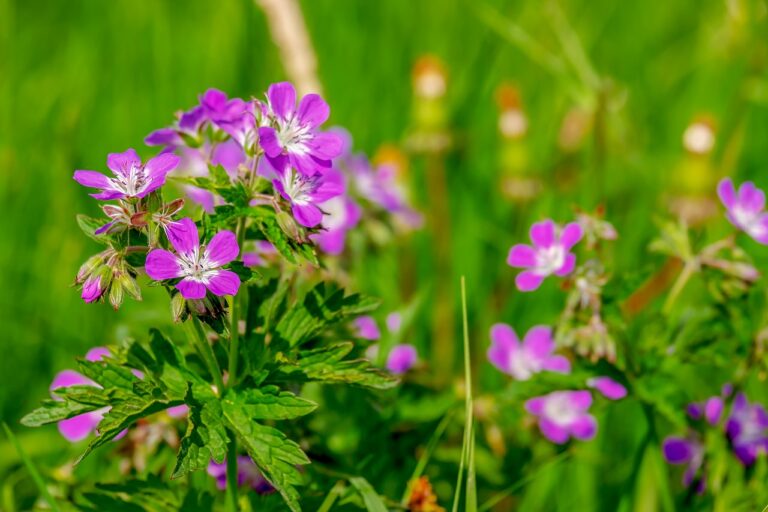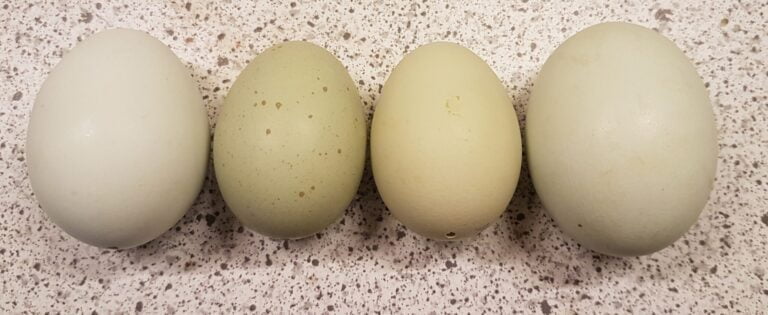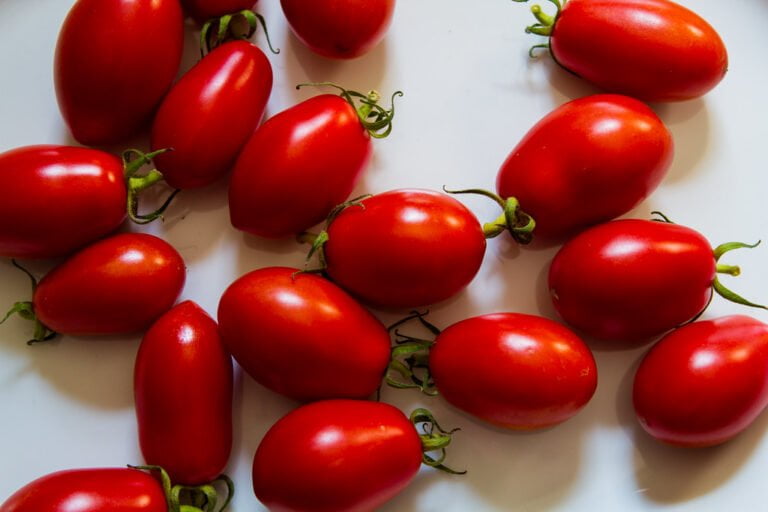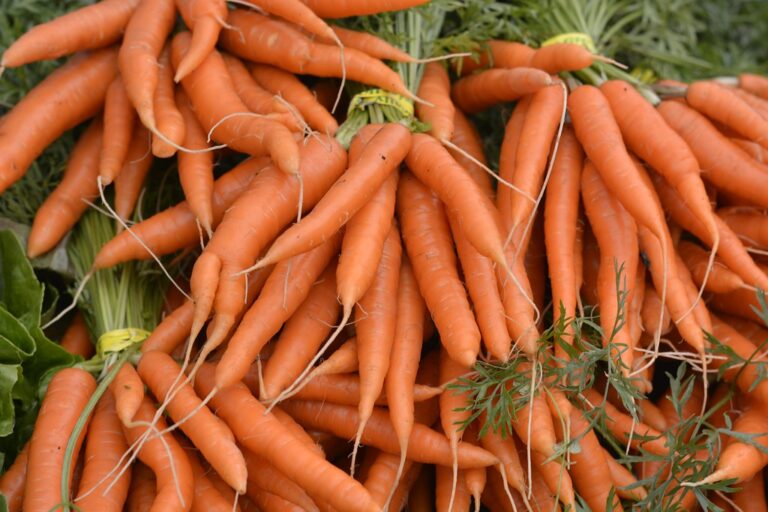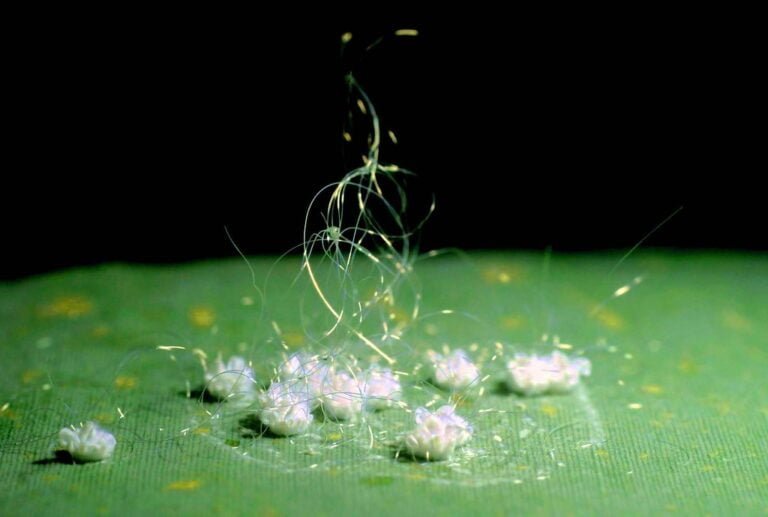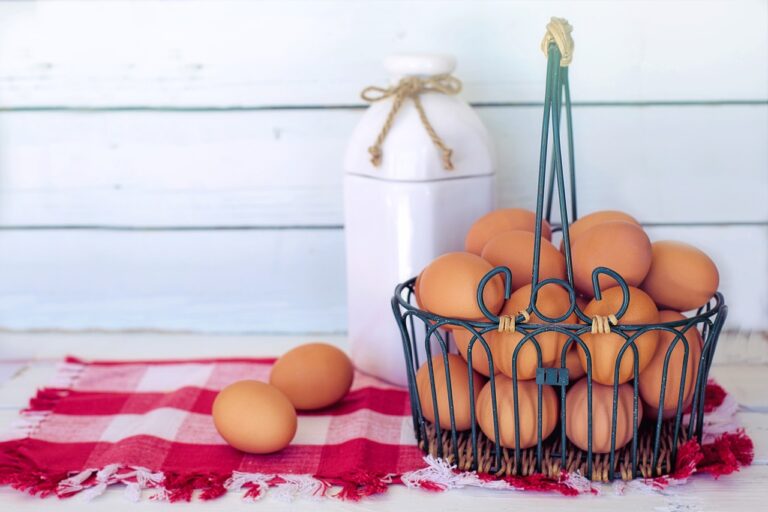Understanding If Potting Mix Can Go Bad
Potting mix can go bad due to nutrient depletion, exposure to air, and changes in texture. Understanding these factors is crucial for plant health. Look out for a foul smell, mold, pests, soggy texture, or yellowing plants. Proper storage is essential. If you want more tips on recognizing issues, reviving old mix, storing correctly, and choosing the right mix for your plants, keep in mind that ensuring a balanced mix of nutrients and following manufacturer’s instructions are indispensable steps towards successful plant care.
Signs of Bad Potting Mix
Experiencing a foul or rotten smell emanating from your potting mix is a clear indication of decomposition or anaerobic conditions, which are detrimental to plant health and growth. This foul odor often results from the breakdown of organic matter in the soil, leading to the production of toxic substances harmful to plants. Mold growth on the surface of the potting mix is another red flag. This mold thrives in moist environments, signaling high moisture levels that can deplete nutrients essential for plant growth. Insects or pests found in the potting mix also indicate potential issues. These invaders can disrupt the soil structure, introduce contaminants, and further compromise plant health.
Moreover, a compacted or soggy texture in the potting mix can point towards drainage issues. Poor drainage restricts oxygen availability to the roots, leading to stunted growth and overall decline in plant vitality. Yellowing plants are often a sign of nutrient deficiency or pH imbalance within the potting mix. Imbalanced pH levels can hinder the uptake of essential nutrients by plants, affecting their overall development. Addressing these issues promptly is important to maintain a healthy environment for your plants to thrive.
How Potting Mix Expires
Potting mix expiration occurs primarily due to nutrient depletion and changes induced by exposure to oxygen and light. Nutrients essential for plant growth gradually diminish over time in the potting mix, affecting its quality. When oxygen and light penetrate the mix, they can accelerate the breakdown of organic matter, leading to a decrease in nutrient levels and overall deterioration of the mix.
As potting mix ages, its texture may change, becoming less loose and more compacted. This can hinder proper root growth and water drainage, impacting the health of plants. Additionally, expired potting mix might emit a foul smell, indicating the presence of decomposing organic material. The altered composition of the mix can also attract pests like fungus gnats or mold, further compromising plant health.
To prolong the shelf life of potting mix, proper storage is vital. Keeping the mix in a sealed container can help prevent exposure to oxygen and light, slowing down the expiration process. It’s recommended to use opened potting mix within 6-12 months to ensure topmost nutrient levels for plant growth. Regularly inspecting the mix for any signs of quality deterioration, such as a foul odor or the presence of pests, can help in identifying expired potting mix before using it for planting.
Recognizing Mold and Pests
Upon examining potting soil, one may notice fuzzy growth on the surface, indicating the presence of mold that can rapidly spread if left unaddressed. Mold in potting soil not only affects the visual appeal but also poses a threat to plant health. The fuzzy appearance is a clear sign of mold infestation, which thrives in damp, poorly aerated conditions. This mold can quickly spread throughout the potting mix, contaminating it and hindering plant growth.
In addition to mold, pests like fungus gnats, springtails, or mites can also infest potting soil, causing harm to plant roots and resulting in poor growth. Detecting these pests early is essential to prevent further damage. The presence of mold or pests in potting soil indicates poor soil quality and potential contamination, underscoring the need for immediate intervention.
To combat mold and pests effectively, ensuring proper soil drainage and aeration is important. Mold and pests flourish in environments with excess moisture and little airflow, making well-draining and well-aerated soil crucial for preventing infestations. Regularly inspecting potting soil for mold or pests is essential to maintain plant health and prevent the spread of contamination. By promptly addressing mold and pest issues, you can safeguard your plants and promote a healthy growing environment.
Reviving Old Potting Mix
Examining the condition of old potting mix before trying to revive it is crucial to ensuring successful plant growth and soil health. To revitalize old potting mix, mix it with fresh mix in a 50-50 ratio. Improve the mixture with organic matter such as potting compost to replenish essential nutrients. Composting the old potting mix can speed up the breakdown of organic material, enriching the soil and repelling insects that might be present. Another important step is to leach out any mineral and fertilizer deposits by adding water to dry, non-compacted old potting mix.
When selecting materials to blend with the old potting mix, choose eco-friendly mixes like Rosy’s Potting Mix instead of peat-based soils. These alternatives are not only better for the environment but also provide a healthier medium for plant growth. By following these steps, you can effectively rejuvenate your old potting mix, ensuring that it will support your plants adequately. Keep in mind that the health of your soil directly impacts the health of your plants, so investing the time to revive your old potting mix is a worthwhile investment in the long-term success of your garden.
Proper Storage Techniques
Properly storing potting soil is crucial to maintaining its quality and prolonging its shelf life. When it pertains to potting soil, following the correct storage techniques can make a significant difference in its longevity and effectiveness. Here are some key practices to make certain your potting soil remains in prime condition:
- Utilize airtight containers: Sealing potting soil in airtight containers can guarantee moisture from seeping in and degrading its quality over time.
- Avoid direct sunlight: Exposure to direct sunlight can result in nutrient breakdown in potting soil, so it’s best to store it in a shaded area.
- Opt for indoor storage: Storing potting soil indoors can help maintain its moisture levels and prevent it from drying out too quickly.
- Protect from the elements: Shield potting soil from rain and extreme temperatures to prolong its shelf life and usefulness.
- Seal bags tightly: After each use, make sure the potting soil bag is securely sealed to prevent contaminants and pests from affecting its quality.
Choosing Right Mix for Plants
To guarantee the best growth and health of your plants, selecting the appropriate potting mix tailored to their specific nutritional requirements and environmental needs is vital. Different plants have varying needs; for example, succulents thrive in well-draining mixes with perlite or sand to enhance water drainage and aeration. Conversely, acid-loving plants like azaleas and blueberries need mixes with lower pH levels to make certain they receive the necessary nutrients.
Tropical plants, such as ferns, benefit from mixes with higher organic matter content to enhance moisture retention, fostering healthy growth. Cacti and desert plants, such as aloe vera, prefer sandy mixes that replicate their natural environment, assisting in water drainage and preventing root rot. When dealing with old soil, it’s essential to contemplate rejuvenating it with nutrient-rich additives to promote healthy root development and overall plant health.
Hence, comprehending the specific needs of your plants and selecting the suitable potting mix based on factors like nutrients, water drainage, soil pH, and moisture retention is essential for fostering healthy growth and ensuring your plants thrive in their environment.
Extending Potting Mix Lifespan
To extend the lifespan of potting mix, it’s essential to adhere to proper storage methods, such as sealing opened bags tightly and keeping them in a cool, dry location. Additionally, reviving dry mix by gradually adding water and fluffing it up can help maintain its moisture content and overall quality. Preventing mold growth in potting mix is vital, as it can impact plant health, so regular checks for any signs of spoilage are recommended.
Proper Storage Tips
For best preservation of potting mix quality, storing it in a dry, cool environment is essential to extend its shelf life. It is important to follow the manufacturer’s instructions for best storage conditions. Here are some tips to store potting soil effectively:
- Keep it in a dry place: Moisture can lead to mold growth and spoilage.
- Store in a cool environment: High temperatures can affect the nutrient availability and water retention of the mix.
- Follow manufacturer’s instructions: Different mixes may have specific storage requirements.
- Use unopened potting soil: Fresh, unopened bags can last longer.
- Ensure a balanced mix of nutrients: Both organic and inorganic components contribute to the soil’s health.
Reviving Dry Mix
Reviving a dry potting mix involves gradually adding water to reach the desired moisture level and breaking up clumps for improved aeration and water distribution. This process helps rehydrate the mix, ensuring it can effectively support plant growth. Additionally, incorporating slow-release plant food or organic fertilizers replenishes essential nutrients that may have been depleted in the dry mix. Thorough blending is vital to evenly distribute moisture and nutrients while also breaking up any compacted areas. Before using the revived potting mix for planting, it is crucial to check for any signs of mold, pests, or foul odors to prevent potential issues in the future. By following these steps, you can extend the lifespan of your potting mix and provide a healthy environment for your plants.
Preventing Mold Growth
Ensuring proper drainage in potting mix is essential for preventing mold growth and extending its lifespan. Mold growth can be prevented by maintaining adequate aeration, using sterile tools, and monitoring humidity levels. Here are five practical ways to prevent mold growth and prolong the lifespan of potting mix:
- Ensure Proper Drainage: Prevent waterlogging to avoid creating a conducive environment for mold.
- Promote Aeration: Reduce moisture levels by enhancing airflow within the potting mix.
- Use Sterile Tools: Minimize the introduction of mold spores by handling potting mix in sterile containers.
- Incorporate Perlite or Vermiculite: Improve drainage and decrease the risk of mold formation by adding these amendments.
- Monitor Humidity Levels: Keep an eye on humidity levels in the storage area to prevent mold growth.

